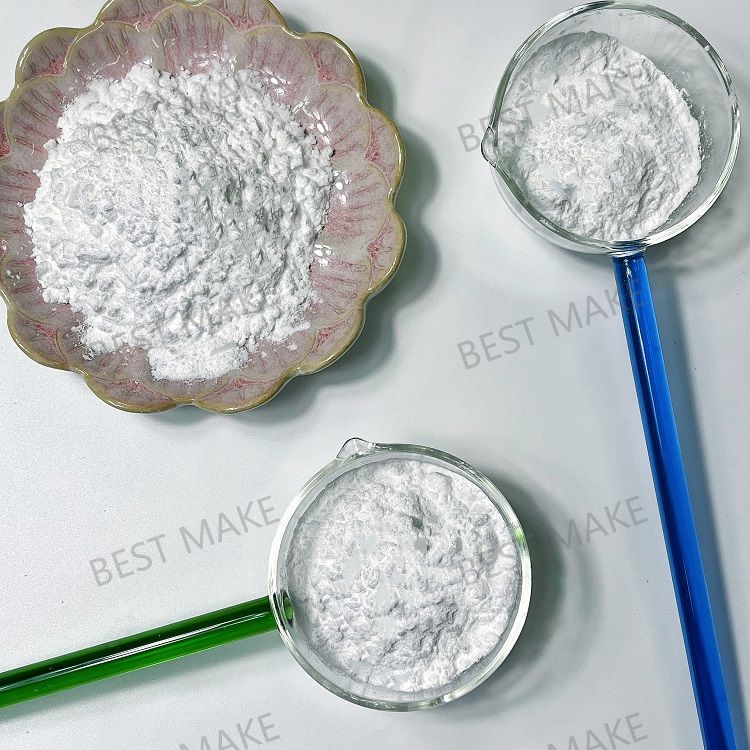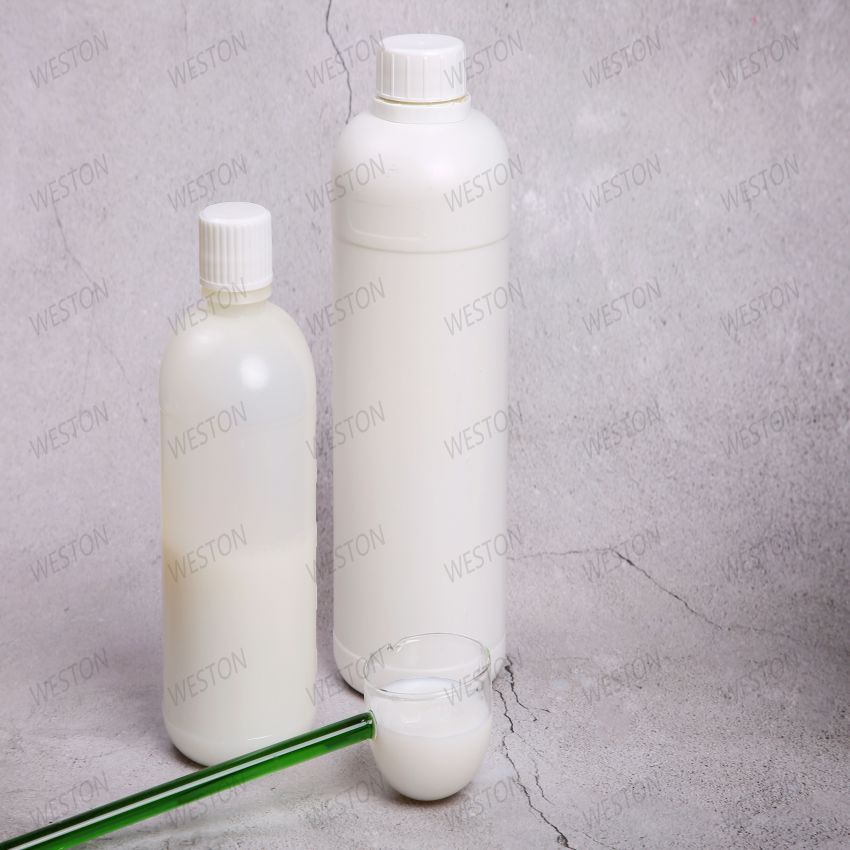-
Categories
-
Pharmaceutical Intermediates
-
Active Pharmaceutical Ingredients
-
Food Additives
- Industrial Coatings
- Agrochemicals
- Dyes and Pigments
- Surfactant
- Flavors and Fragrances
- Chemical Reagents
- Catalyst and Auxiliary
- Natural Products
- Inorganic Chemistry
-
Organic Chemistry
-
Biochemical Engineering
- Analytical Chemistry
- Cosmetic Ingredient
-
Pharmaceutical Intermediates
Promotion
ECHEMI Mall
Wholesale
Weekly Price
Exhibition
News
-
Trade Service
4 Hygrometer method
4.
4.
When the measured gas passes through a capacitive sensor composed of an aluminum oxide electrolyte layer and an aluminum substrate, the moisture in the gas is absorbed by the aluminum oxide layer, causing the capacitance of the sensor to change, and the water content is measured accordingly
4.
When the measured gas passes through a piezoelectric sensor composed of a quartz crystal and a moisture-absorbing layer deposited on its surface, the moisture in the gas is absorbed by the moisture-absorbing layer, which changes the quality of the quartz body and changes the vibration frequency of the quartz crystal.
4.
When the measured gas passes through an electrolytic sensor composed of two parallel platinum wires and phosphorous pentoxide coated on the surface , the moisture in the air break is absorbed by the phosphorous pentoxide to form phosphoric acid .
4H 3 PO 4 →2P 2 O 5 +3O 2 +6H 2
The electrolysis current is accurately measured, and the water content is measured accordingly
4.
4.
4.
4.
4.
The hygrometer can be directly connected to the sampling pipeline.
4.
4.
4.
4.
1.
1 Pipeline connection of the measuring device: In order to prevent the water in the atmosphere from penetrating into the gas path, all the connecting pipelines should be made of stainless steel.
Copper pipes , PTFE pipes and polyethylene pipes can also be used
.
If the sample gas needs to be vented, a vent tube no shorter than 2m should be connected to the outlet of the measuring device to prevent the back diffusion of water in the atmosphere and result in high analysis results
.
4.
4.
1.
2 Pressure adjustment of gaseous samples: Connect the hygrometer and the sample cylinder or sampling pipeline with a stainless steel tube
.
If necessary, a metal diaphragm pressure reducing valve can be used to adjust the pressure of the sample gas
.
4.
4.
1.
3 Evaporation and gasification of liquid samples: When the liquid sample is transformed into a gaseous state, it must be decompressed first, and then entered into an evaporator heated with hot water or steam in order to completely evaporate the sample and ensure that the gaseous sample The temperature is not lower than 15℃
.
4.
4.
1.
4 The gaseous sample entering the measurement chamber must not contain dust particles or water droplets.
It can be filtered with a stainless steel sintered sand core (pore size of 5m-7m) to remove dust particles
.
Figure 2 Schematic diagram of the assembly of the hygrometer method instrument
4.
4.
2 Inspection of connecting pipeline
Before the formal measurement, the connecting pipelines and joints should be checked for leaks
.
4.
4.
3 Sample determination
Connect the pipeline as described in 4.
4.
1, prepare the instrument and adjust the working parameters according to the instrument instructions, and introduce the gaseous sample at the specified flow rate
.
After the hygrometer display value is stable, read and record .
4.
5 Presentation of results
4.
5.
1 Record the reading indicated by the hygrometer, and express the water content in the sample by volume concentration (mL/m 3 )
.
4.
5.
2 The measurement result shall be rounded to 0.
1mL/m3 according to the provisions of GB/T8170-1987
.
4.
6 Calibration
Calibrate the hygrometer according to the operating instructions of the instrument.
The calibration method can be Karl Fischer method or other suitable methods that can ensure accuracy
.
5 report
The report should include the following:
a) All information about the sample, such as sample name, batch number, sampling location, sampling date, sampling time, etc.
;
b) Code and determination method of this standard;
c) Measurement results;
d) Details and explanations of any abnormal phenomena observed in the measurement;
e) the name of the analyst and analysis date
.
Related Links: Determination of Trace Water in Industrial Ethylene and Propylene (2)







